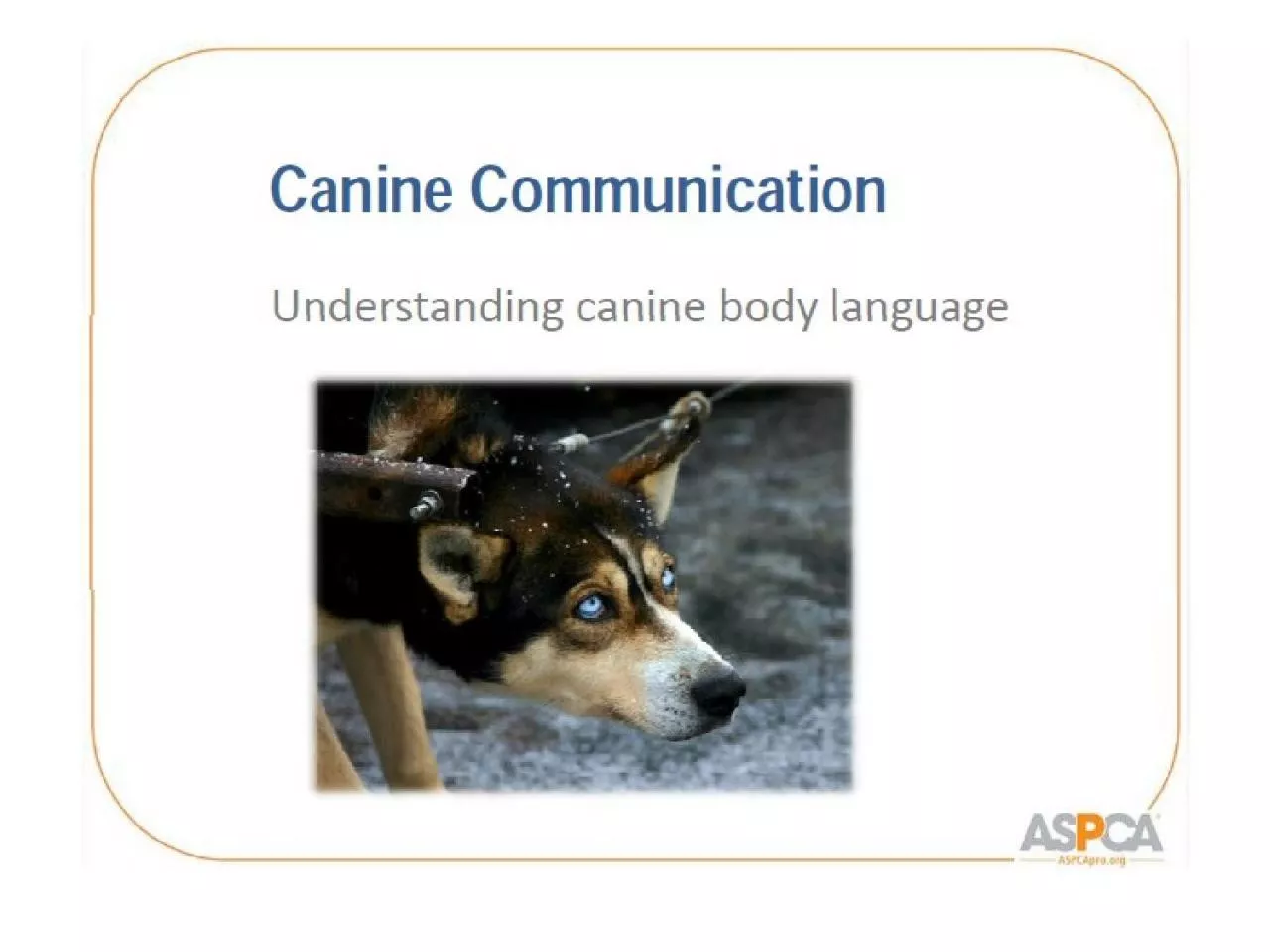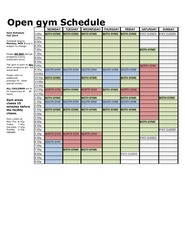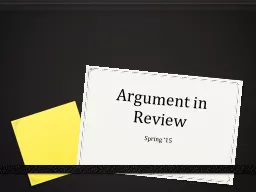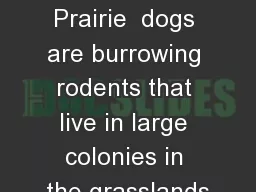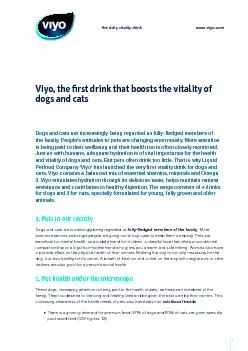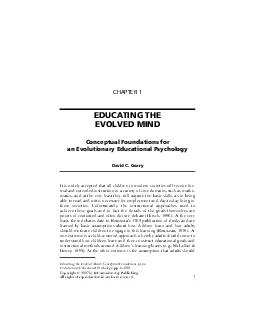PPT-Kujula , et al Lays out the argument that dogs evolved to both
Author : abigail | Published Date : 2024-02-09
identify and show human or humanlike emotions Reviews a number of studies that show that similar brain regions respond when dogs observe different emotional behaviors
Presentation Embed Code
Download Presentation
Download Presentation The PPT/PDF document "Kujula , et al Lays out the argument tha..." is the property of its rightful owner. Permission is granted to download and print the materials on this website for personal, non-commercial use only, and to display it on your personal computer provided you do not modify the materials and that you retain all copyright notices contained in the materials. By downloading content from our website, you accept the terms of this agreement.
Kujula , et al Lays out the argument that dogs evolved to both: Transcript
Download Rules Of Document
"Kujula , et al Lays out the argument that dogs evolved to both"The content belongs to its owner. You may download and print it for personal use, without modification, and keep all copyright notices. By downloading, you agree to these terms.
Related Documents

